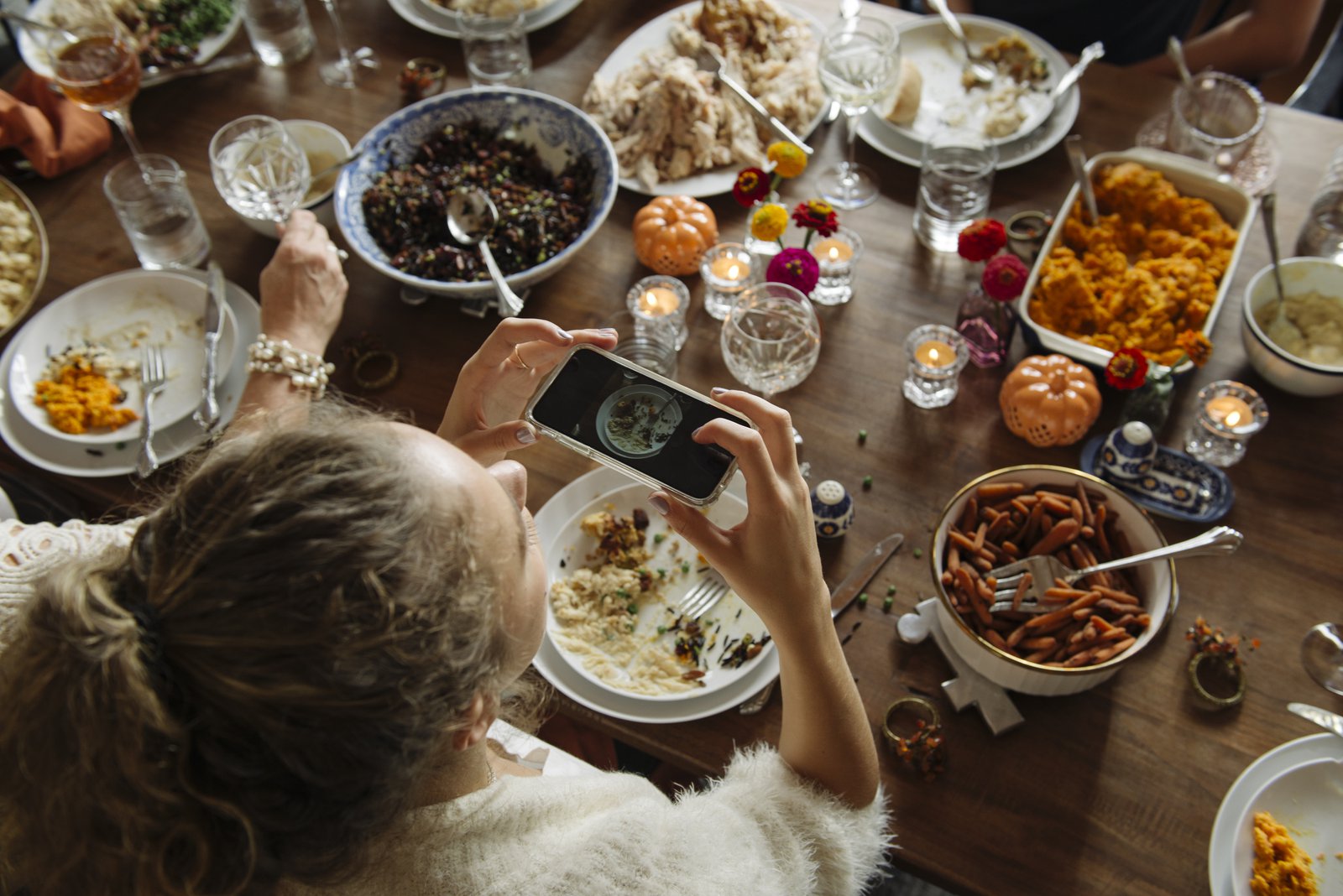
A folder called «focal» may be discovered in the «smithsonianmag-media.s3.amazonaws.com» section of Amazonaws.com.
A Thanksgiving menu included pumpkin spice cake with orange cream cheese frosting and roasted turkey with a soy-ginger sauce. It is a brigade that is good.
You may have heard of poetry, cartoons, or award-winning artwork created by artificial intelligence. How about an artificial intelligence-made Thanksgiving menu?
An occasion for family recipes is Thanksgiving. Many families enjoy turkey and stuffing on the fourth Thursday in November, but only a select few get to enjoy my grandmother’s unique stuffing or my father’s slow-roasted bird. How was the A.I. going to compete?
The New York Times would investigate. The newspaper’s cuisine staff makes use of cutting-edge technology. The food reporter submitted data on her upbringing and eating habits to the A.I. tool.
Krishna was born in Texas and was raised in an Indian American family. I enjoy Thai and Italian meals, spicy flavors, and less-sweet sweets. I frequently use tomato paste, soy sauce, herbs, and chaat masala in my cooking.
She requested a Thanksgiving dinner from GPT. She asked to be shown a couple delicacies that were made to suit her taste. I want to see a fresh Thanksgiving recipe. Show me a cranberry sauce recipe that is neither overly sweet or spicy.
The end result was an impressive-sounding Thanksgiving dinner, with pumpkin spice chaat, green beans with miso and sesame seeds, naan stuffing, roasted turkey with a soy-ginger glaze, «not too sweet and a little spiced» cranberry sauce, and pumpkin Spice cake with orange cream cheese frosting. The Times team developed recipes for each dish as well as pictures for each item using the image-generation program DALL-E.
Food has already been produced by AI. The recipes were developed using AI technologies by a researcher who writes for the blog A.I. Weirdness. The recipes she found back then for cream cheese soup, salmon beef style chicken bottom, and chocolate sauce were peculiar.
She claims to the Times that the components had no use. The advancement of technology over the previous six years.
It does seem logical. You would think, «Oh sure, that seems like a perfectly average recipe,» if someone were simply reading the recipe out to you and you weren’t paying attention.
Recipes were provided for Krishna and her coworkers to prepare and consume. Where did the dishes go? They are still employed, according to a food columnist for The Times.
The cake, according to Krishna, was dense and more menacing than sweet. The stuffing had the flavor like fruitcake that had just gone through a bar brawl. The 12-pound roast turkey was dry and flavorless despite just needing one clove of garlic to season it.
For individuals who wish to experiment with AI in their own kitchens, The Times has released the recipes.
Even if A.I. may not soon be able to take the place of anyone’s grandmother’s recipes, it still has potential in the food industry. An investigation conducted by University of Illinois researchers into the use of machine learning models to reduce food insecurity was published earlier this year. In order to assess areas of need, such as forecasting where and why hunger arises and effective food distribution, Danielle Bernabe claims that organizations can swiftly obtain and analyse enormous volumes of data using artificial intelligence and machine learning.
/https://tf-cmsv2-smithsonianmag-media.s3.amazonaws.com/filer_public/44/4a/444ad61c-7750-4af1-8ae8-ed798a30efc6/gettyimages-1345177105.jpg)